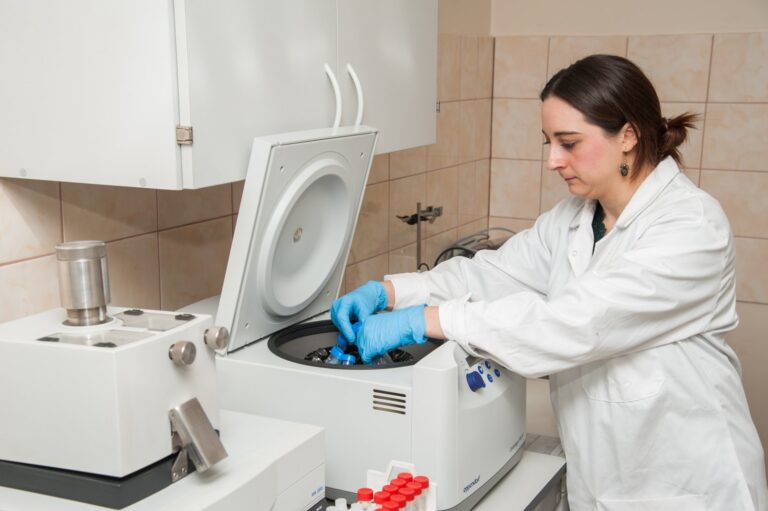
“Public investment has paid off: so far, the sectors stimulated have increased their added value by 80%, the number of employees by a tenth, and the volume of exports by 72%. We will continue to work in a focused and targeted way to grow the Lithuanian economy. We will focus on three main priorities: health technologies and biotechnologies, new production processes, materials and technologies, and information and communication technologies,” said Aušrinė Armonaitė, Minister of Economy and Innovation.
In addition, she said, the aim will be to respond to the changing needs of business: to promote not only research, experimental development (R&D) and innovation, but also the digitalisation of industry, the creation of new businesses, support for SMEs, and the strengthening of entrepreneurship skills.
The first funding instruments are expected to start soon. To stimulate the supply of innovation, calls for researchers to participate in corporate R&D activities and for businesses to join international R&D and innovation partnerships are expected in November.
Priority areas for promoting innovation are set out in the Ministry of Economy and Innovation’s Smart Specialisation Concept 2021-2027, which was approved by the Government on Wednesday. It aims to strengthen research and innovation capacities, develop new technologies and increase the country’s competitiveness and value on global markets.
The Ministry of Economy and Innovation remains the sole institution responsible for implementing the Smart Specialisation Concept 2021-2027.
Estimates show that the sectors identified as smart specialisation priorities have made significant progress in 2014-2020, both in terms of business development and in terms of increasing R&D and innovation potential. In addition, between 2014 and 2020, the smart specialisation sectors more than doubled their R&D spending and the volume of exports of knowledge-intensive services, and one in every two operating companies innovated in line with these priorities.
It is forbidden to copy the text of this publication without a written permission from ELTA.